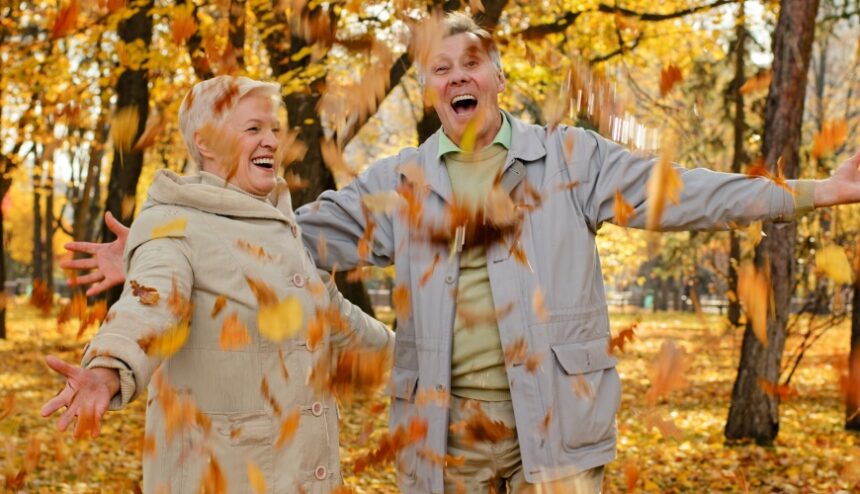 By Sydney Schimmelman, PT, DPT, Therapy Services
By Sydney Schimmelman, PT, DPT, Therapy Services
It’s the time of year when the leaves start to change color and begin to fall, which means there will be snow falling in a few short months. With the changing of the season, there can also be a decrease in activity levels, which can lead to an increased risk of falling. Each year, millions of falls occur, and these falls can lead to injury and hospitalization. Some things that may make someone more prone to a fall are weakness, difficulties with walking and balance, certain medications, improper footwear, and increased clutter around the house.
Three significant things play into someone’s balance. They are your vision, your vestibular system, and your proprioception.
- Proprioception relies on sensors throughout your body to relay information about where your joints are in space.
- The vestibular system is a small structure within your ear that sends signals to your brain, telling it if your head is moving or not.
- The last major part of balance is your vision. Your vision brings information to your brain about your surroundings and helps cue the body to prepare so you do not lose your balance.
Fall Prevention Tips
Just because the leaves and soon-to-be snow are falling does not mean you need to fall as well. Here are some ways to prevent future falls. One way is to talk to your healthcare provider about your medications if you feel unsteady or unbalanced. The second thing you can do to help prevent a fall is to remove hazards in the home that may cause a fall. Some examples are removing small throw rugs and keeping books, papers, shoes, and clothes picked up from major walk areas. You can also add night lights to rooms and hallways when you need to use the bathroom in the middle of the night to increase the use of your vision and help with balance. Prevent future falls by also having adequate footwear for inside and outside of the home. Avoid wearing loose-fitted shoes such as slippers. Instead, wear well-fitted shoes with proper support and slip-resistant soles.
Another thing to do to prevent falls is to exercise. This will help build strength and assist with your balance. If you are at a higher risk for falls or are concerned, physical Therapy is a great way to help with a guided strengthening and balance program. A physical therapist can help you find exercises that will best benefit you. They will also be there to help guide and assist you with higher-level balance exercises to further work on improving your balance and decrease your risk for falls. Let the leaves and the snow be the only thing that falls this year.

